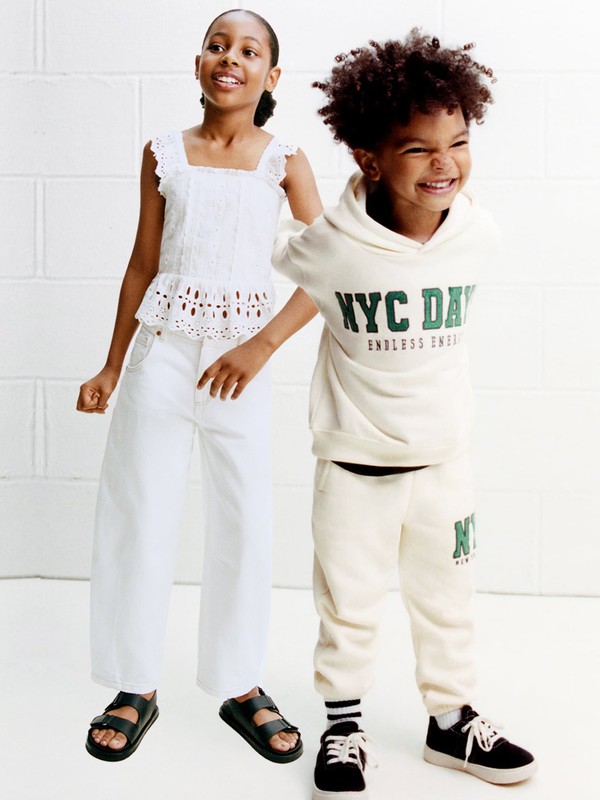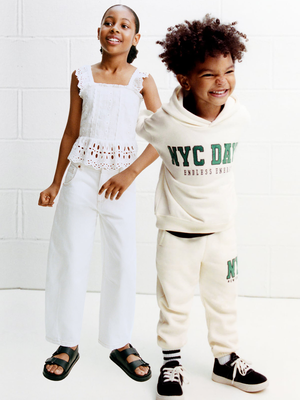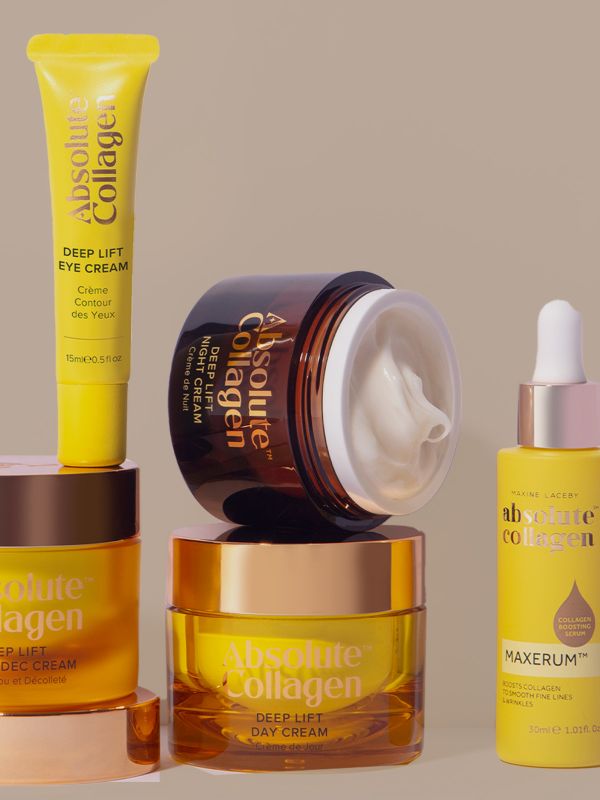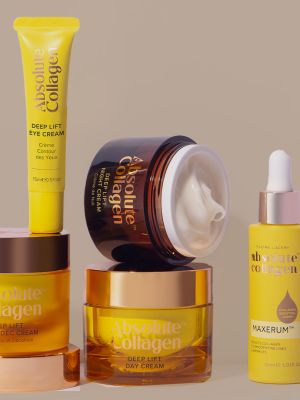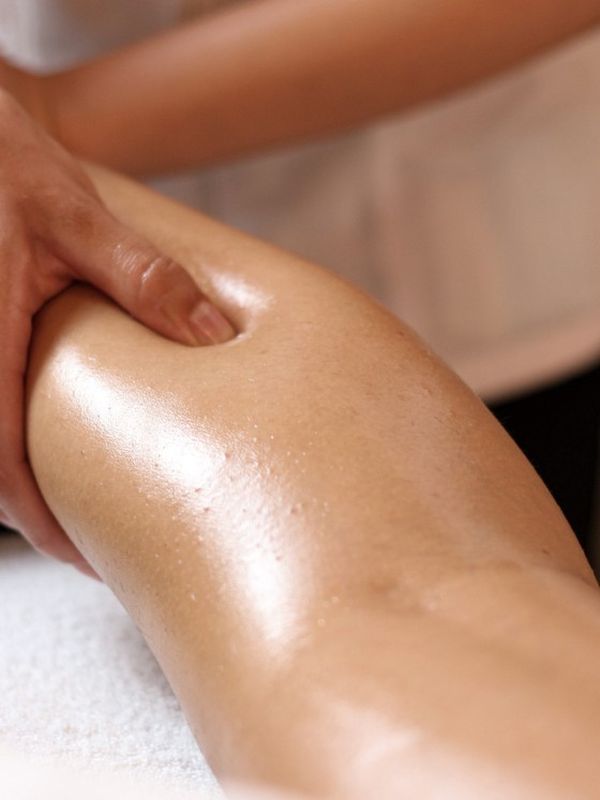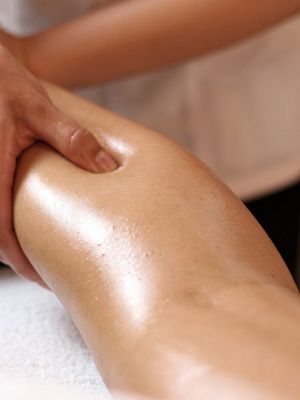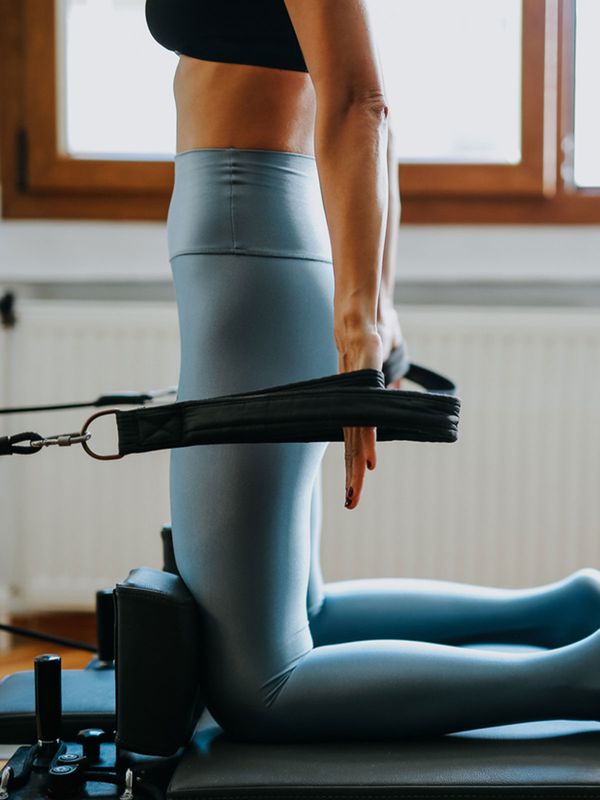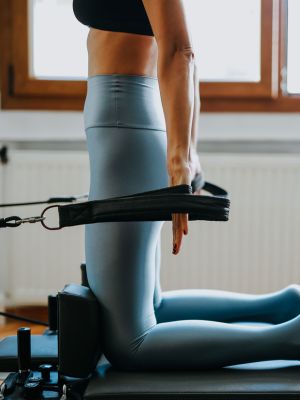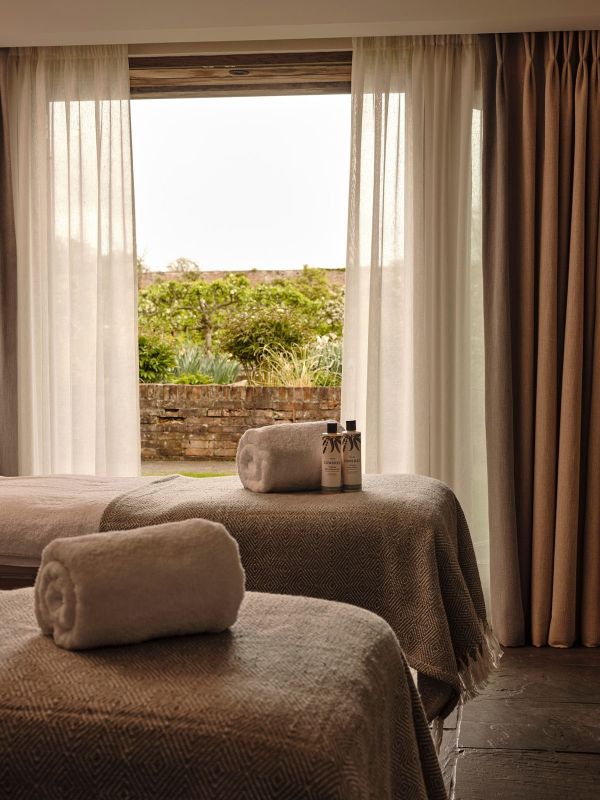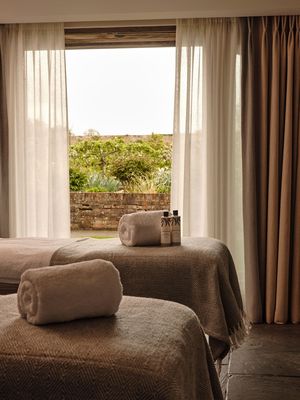
Everything You Need To Know About ASMR
In 2019, this kind of mass intimacy that ASMR (autonomous sensory meridian response) provides is so common on the video platform. It’s characterised primarily by stimuli known as ‘triggers’ – a 2015 study found whispering to be the most common trigger, followed by "crisp sounds" like the tapping of fingernails, and "slow movements," like pouring water – which give the listener a static-like or sparkly, tingling sensation across the scalp and down the neck.
There is very little research on the science behind ASMR, but it is not experienced by everyone. Dr Craig Richard, Professor of Biopharmaceutical Sciences and author of ASMR book Brain Tingles, says that those who do experience it likely find the triggers activate “biological pathways” that people use to bond with parents, partners or close friends, which make us feel comforted and secure.
The phenomenon really took off in 2010, after a Reddit thread asking if anyone else had experienced it went viral. The term was coined by cybersecurity expert Jennifer Allen soon after, and within months, hundreds began trying their hand at the whisper video, some gaining thousands of followers, and all following the same pattern: they all were a variation on the maternal. Women soothe you to sleep, like a mother would do when you were small, and it’s almost as if you’re five again.
Maria, a 32-year-old Russian expat living in the US who goes by the alias Gentle Whispering ASMR, is widely known as one of the first and most popular ‘ASMR-tists’. With the rise of her channel, she was able to quit her 9-5 and make ASMR her full-time job, thanks to ad revenue. She takes on a number of guises – in one video she is a banker, then a tailor, then a facialist. In her most popular video (which has over 21 million views), she rubs your temples and says “I’m hoping that this might make you relax.”
It’s not hard to deduce these videos to nothing more than sexual pleasure – in fact, the Chinese government banned ASMR videos, branding them “pornographic” – even though most of the women who make them don’t feel that way and neither do a large majority of people who tune in. But there are, of course, those who choose to make videos with that lilt. ASMR artists such as Hailey Rose specialise in role-playing videos which sees her as the listener’s girlfriend, waking up next to them, asking them what they want to do today. What has become obvious is that there’s a certain need out there for human intimacy, and ASMR seems to be filling that gap.
But as it has grown, ASMR has grown many branches. Now, there is ASMR horror, ASMR eating (which is a real acquired taste – no pun intended), and even ASMR kids. The latter has proved to be slightly problematic, considering its sexual overtones. Makenna Kelly, a 13-year-old from Colorado, USA, made a video in 2018 called ‘Eating Raw Honeycomb – EXTREMELY Sticky Mouth Sounds’, and was subsequently viewed 12 million times. A follow-up, with Makenna eating Boba (sweet liquid balls made with tapioca), has been viewed over 4 million times. Her channel now has over 1.3 million subscribers and hundreds of videos. Under the supervision of her veterinary physician mother, Makenna started making bespoke videos. She told Wired that one stranger paid $50 (about £38) to film herself eating cookies and milk. “In an 11-minute video, Kelly tapped on the biscuits with her vibrant pink fingernails before biting into them and slurping them down with a jar of milk. More than 300,000 people watched that video.”
Even W magazine runs a regular feature of ASMR interviews, so you can now listen to Margot Robbie, Noah Centineo and Cardi B (who is a self-confessed fan and quite the consummate professional) whisper to you about their successful careers.
No matter where you get your tingles, one thing is for sure: in the digital age, we’re finding new ways of making connections. Most ASMR videos have focus on self-care – even 13-year-old Makenna built a ‘wall of kindness’ in one video, which saw her giving viewers constant compliments, while nearly all of Maria’s videos focus on ‘personal attention’. Is it wrong to love these kinds of videos? Well, there haven’t been any documented negativities so far. If comfort is the only side effect, then let the tingles continue.
DISCLAIMER: We endeavour to always credit the correct original source of every image we use. If you think a credit may be incorrect, please contact us at info@sheerluxe.com.


